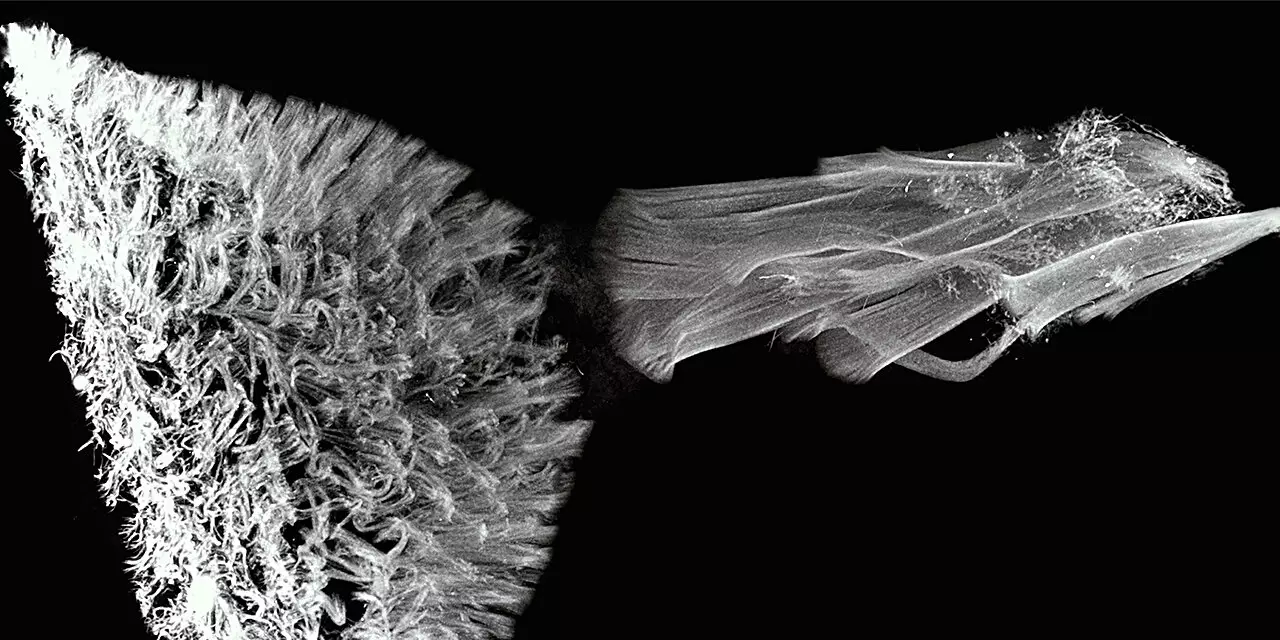Science is intrinsically tied to the evolution of ideas, where one breakthrough often displaces an established theory. This ongoing cycle of inquiry, rejection, and refinement forms the backbone of scientific progress. At the forefront of such transformative research is Kanso Bioinspired Motion Lab at the USC Viterbi School of Engineering, known for its pivotal contributions to understanding complex biological systems. Their latest publication in *Nature Physics*, “Flow physics guides morphology of ciliated organs,” illustrates this trend perfectly, diving deep into the intricacies of ciliary systems in various organisms.
Understanding the mechanics of cilia, small hair-like structures that line the surfaces of many organs, is essential not only for biological research but also for medical advancements. By examining the two distinct morphological designs of cilia—the “carpet” and “flame” models—Kanso Lab has provided an innovative perspective that challenges our prior notions of organ fluid dynamics.
Decoding the Ciliated Systems
Ciliated tissues in organisms perform the critical function of fluid movement, essential for respiratory health, reproductive success, and even cognitive functions as seen in brain ventricles. Humans showcase the “carpet” design, where cilia are arranged like a soft, dense surface that works seamlessly for fluid transport. On the other hand, “ciliary flames,” characterized by longer, closely packed cilia moving in a specific direction, appear predominantly in simpler organisms.
This divergence in design between species laid the groundwork for the assumption that evolutionary differences dictated these forms. However, Kanso and her team intriguingly propose that this distinction arises not merely from genetic lineage but from functional requirements linked to fluid dynamics.
Emerging Paradigms: Function Over Form
At the heart of Kanso Lab’s findings lies an essential principle: the morphology of cilia is largely determined by the functional demands of the fluids they manipulate. This novel approach reframes our understanding of biological structures, suggesting that practical needs can be more decisive than evolutionary history in shaping physiological features. The research introduces two pivotal structural parameters, lumen diameter and cilia-to-lumen ratio, which organize various ciliary designs into a continuous spectrum connecting carpets and flames.
At one end of the spectrum, adaptations can be observed that enhance flow rates essential for efficient filtration and bulk transport—key physiological functions in health and disease. Conversely, structures existing between these extremes tend to represent hybrid configurations that maximize operational efficiency, blending characteristics from both fire and carpet designs.
Practical Implications in Medicine
The significance of these findings transcends theoretical discourse; they hold profound implications for medical science. By providing a clearer understanding of how ciliated organs function, researchers can better investigate and address pathologies linked to cilia dysfunction, such as bronchiectasis, hydrocephalus, and ectopic pregnancies.
For example, ciliary flames that facilitate excretory functions illustrate a model for exploring human kidney diseases. By utilizing the methodologies introduced by Kanso Lab—combining experimental approaches with mathematical modeling—the path to diagnosing and managing such conditions becomes more navigable. Science, which often appears daunting, is simplified through this innovative lens, transforming complexity into coherence.
The Broader Implications for Science and Engineering
By tackling the formidable challenge of understanding ciliary dynamics, Kanso Lab not only enhances our comprehension of biological processes but also invigorates the field of bioengineering. This research emphasizes a broader philosophical shift towards recognizing interconnectivity among various biological structures and principles, urging scientists to reconsider conventional dichotomies in favor of a more nuanced perspective.
Such rich insights enrich not only academic understanding but also practical applications, paving the way for new designs in bio-inspired technologies and improved medical interventions. The potential for this research to catalyze advancements across multiple domains highlights just how pivotal innovative thinking and paradigm shifts can be within the scientific community. Through inquiry and exploration, the once-elusive relationship between function and morphology in ciliated organs has been illuminated, opening new pathways in research and application that promise to revolutionize our approach to both health and engineering challenges.


Leave a Reply